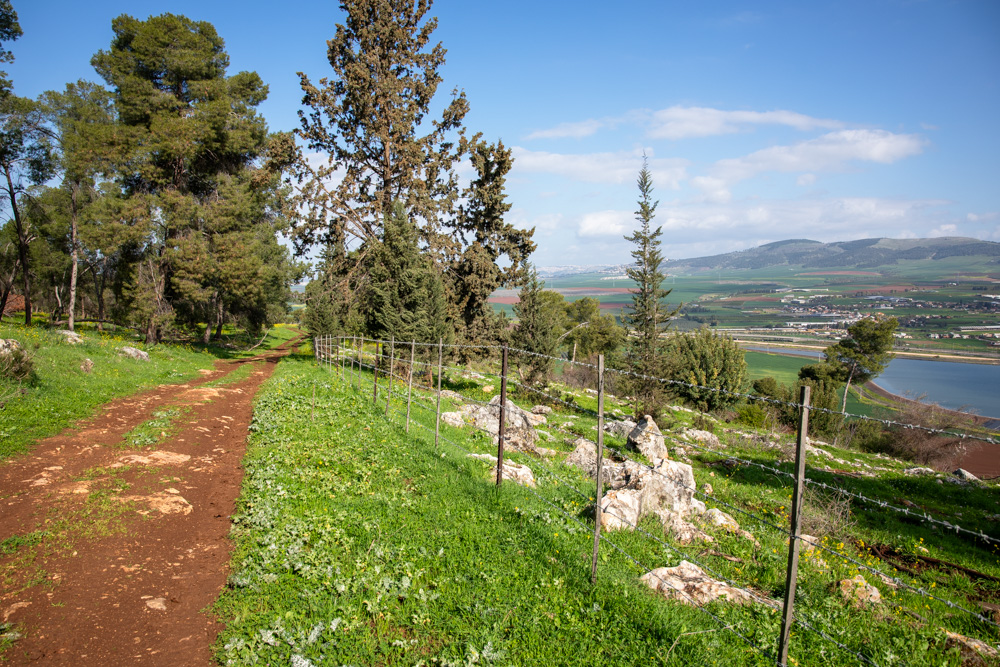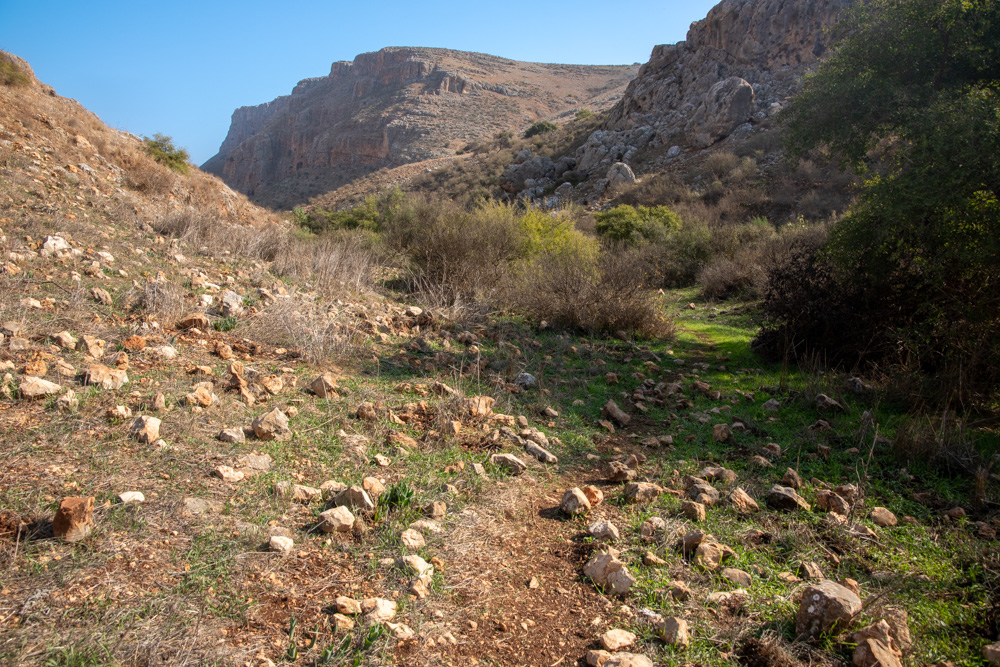Photos and Maps • Photo Usage Policy • Back to Overview
Open chapter PDF to read or share (new tab)
Open chapter PDF (new tab, book format)
View west: The Way of the Patriarchs as viewed from the city of ancient Shiloh (see “Shiloh” in Blessed Pilgrimage, vol. 2). This was also the road from Jerusalem through Samaria to Galilee.
You may download photos free of charge for non-commercial, educational purposes: home, church, synagogue, or school. You must, however, give proper attribution on or below each image to BibleLandImages.com.
If you’re using photos as part of a PowerPoint or other electronic presentation, it’s enough to mention the source of the photos at the beginning of your lecture.
The photos may not be used on other internet sites without permission.
You may download favorite chapters and sections or copy their URL links to share via email or in a messenger app. You may also post links on social media or a personal website.
By downloading a photo, chapter, or section you agree to this policy. If you have questions about it or need a commercial photo license, please contact me via email: Daniel@BibleLandImages.com.

View northwest: This photo was taken on Mt. Gilboa looking toward the Jezreel Valley and the Hill of Moreh (center right). Like this fence, Jesus encountered obstacles in His life but kept moving forward

View east: This rocky trail leads into the Valley of the Doves between Mt. Arbel (top center) and Mt. Nitai, then into the Plain of Gennesaret. The paths Jesus walked were rarely smooth.

View west: The Way of the Patriarchs as viewed from the city of ancient Shiloh (see “Shiloh” in Blessed Pilgrimage, vol. 2). This was also the road from Jerusalem through Samaria to Galilee.

View east: A dark Megiddo overlooking the Jezreel Valley symbolizes the great conflict between good and evil before Christ’s return (see “Tel Megiddeo” in Blessed Pilgrimage, vol. 2).

View west: This photo was taken on the trail above Nahal Daliyot as it makes its way toward the first-century Jewish fortress of Gamla (see “Gamla” on page 275.)